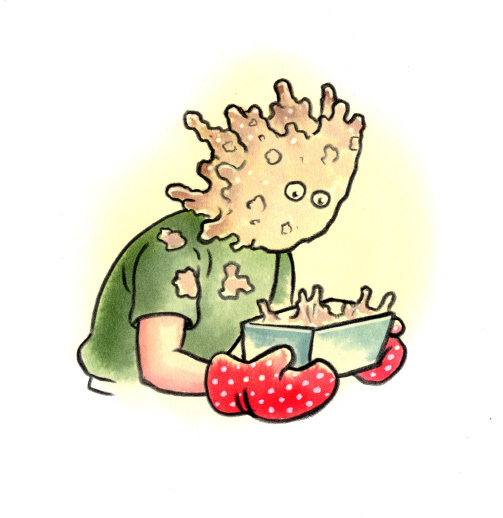
Egg Washes, Explained
Many baking recipes call for brushing on some kind of finishing egg wash. Some call for a whole egg, others just yolks or whites. Scott Herrick, of Zurich, Switzerland, wondered how to know when to use each.
An egg wash—applied to pastries just before baking—promotes beautiful, lustrous browning. This is because the proteins in the egg undergo the Maillard reaction in the heat of the oven, producing a shiny, golden finish and developing deeper flavor. They also help seeds and other toppings adhere. The kind of wash you use largely depends on the desired visual effect. A yolk-only wash produces a glossy golden-yellow hue, while egg whites offer the most shine, with more subdued coloration. A wash with a whole egg falls somewhere between the two. Regardless of the type, most egg washes are thinned with a liquid such as water or milk, which keeps the glaze from turning gloppy. In our testing, we found that egg washes used on doughs with chemical leaveners—such as baking soda—tend to brown better; the alkalinity of the leaveners can enhance browning. For example, an egg-washed biscuit dough browned better than an egg-washed bread dough (which relies on yeast rather than baking soda for leavening). That said, when it comes to sweet pastry, one of our favorite washes involves no eggs at all. Rather, we simply brush the pastry with water, then sprinkle it with sugar, which lightly browns and caramelizes, adding sweetness, crunch and a bit of sparkle. We like this for its simplicity and thriftiness, but if high gloss or a deep, mahogany crust is desired, an egg is best.
Bundt Pan Problems
Bundt cakes may be beautiful, but they also can be a challenge to get out of the pan intact. Plenty of listeners have asked for tips on how to ensure success.
The distinctive shape of Bundt pans—designed for a round, tube-shaped loaf, with a hollow center and a decorative fluted pattern around the body—makes them especially susceptible to sticking. Ensuring a smooth release starts before the batter goes in the pan. Coating the pan with baking spray (a type of cooking spray that contains oil and flour) is a must; for Bundts, it works far better than standard cooking spray. Next, focus on the baking itself. A cake won’t release well if it hasn’t baked properly. And for that, a digital thermometer is best. The old toothpick test for doneness is inexact and often doesn’t reach to the center of the cake, so the results can be misleading. We recommend inserting the thermometer probe into the center of the cake. When it reads 200°F, it’s done. If it’s 190°F or below, try baking for another 10 minutes, then test again. A good visual cue is when the cake pulls away from the sides of the pan, but a thermometer still is most reliable. After baking, our go-to expert Cheryl Day says cakes should cool in the pan for 25 minutes, just long enough to still be slightly warm to the touch. This lets the cake firm up a bit, making it less likely to break apart. During this resting period—which also allows any steam or moisture to better distribute throughout the cake—the cake will contract slightly, pulling away from the sides of the pan. This can create a small gap between the cake and the pan, making it easier to release.

The Bread That Went Boom
Bruce Klassen, of Santa Clarita, California, was struggling to make his grandmother’s recipe for yeasted oatmeal molasses bread. His loaves “exploded,” cracking in their pans as they baked. He wondered what was going wrong.
Though there could be many culprits here—from wrong-sized pans to inaccurate measurements to overactive yeast—we started with the recipe itself. Klassen’s grandmother’s recipe offered rather sparse directions (a common plight with vintage recipes) and was particularly vague about how the bread should rise. Yeasted doughs customarily involve two rises. First is the fermentation stage, also known as bulk fermentation or first rise, which occurs just after the initial mixing and kneading. During this stage, the yeast ferments, creating gases that inflate the dough and develop gluten strength—a crucial step for building structure. The second rise, or proofing, occurs after the dough is kneaded again and shaped; the extra kneading releases accumulated gases. During the second rise, yeast activity inflates the dough again, developing better texture and flavor in the process. Without that second rise, the excess gas buildup can produce misshapen or cracked loaves. But Klassen’s grandmother’s recipe made no mention of a second rise. Once he retried it adding that step, the bread was a success.






